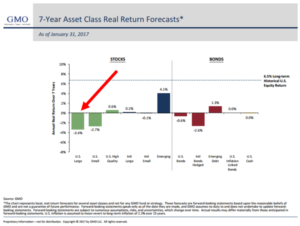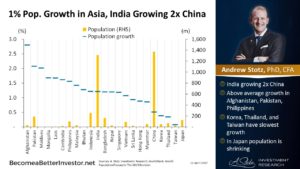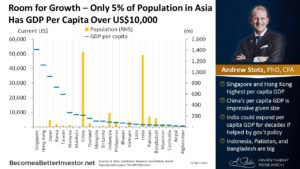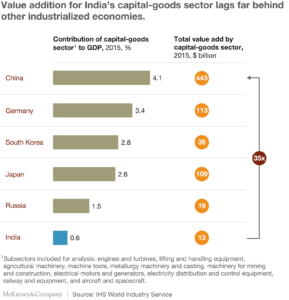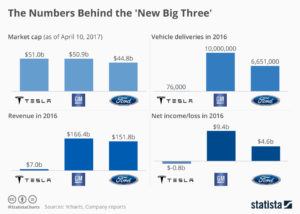Honestly ask yourself … 30 year of ultra low rates in Japan couldnt ignite inflation.One of the greatest monetary experiments in financial history has been the global central bank buying of government debt. This has been touted as a form of “money printing” that was supposed to produce hyperinflation, which never materialized as predicted by economists. Nevertheless, the total amount of Quantitative Easing (QE) adding up the balance sheets of the Federal Reserve (Fed), the European Central Bank (ECB) and Bank of Japan (BOJ) is now around $13.5 trillion dollars, which by itself is 7 times the size of India’s GDP, sum greater than that of China’s economy or the entire Eurozone for that matter.If QE failed to produce inflation, then ending QE may actually produce the inflation people previously expected. Where’s the strange logic in that one? Well you see, it really does not matter how much money you print, if it never makes it into the economy, it will not be inflationary. Additionally, even if it makes it into the economy and the people hoard for a rainy day, it still will not be inflationary.The craziest thing the Fed did was create excess reserves. The bankers complained that the Fed was buying the government debt so they would have no place to park their money. The Fed then accommodated them creating the Excess Reserves facility and paid them interest for absolutely no reason whatsoever. Almost $3 trillion was parked at the Fed collecting interest so this “printed” money never made it out the door and hence there was no inflation.The pundit keeps calling for a crash in the stock market but overlooked the fact that retail participation is at historic lows. Why? They were hoarding their money..( in bad times you dont go and spend money you hoard it because you feel scared).
So how does stopping QE actually create inflation?
The withdrawal of the Fed, the ECB and the BOJ from the QE programs will lead to an increase in yields on the bond markets sending the financing costs for the states higher. This will now increase government spending & borrowing much more rapidly even if they fail to increase program spending.
Governments have increased their spending sharply because interest rates were effectively zero and the central banks were buyers. Where the national debt under Ronald Reagan reached $1 trillion for the first time, Obama routinely ran $1 trillion budgets annually.
So the moment of truth is upon us when rising rates will lead to rising inflation. Rising inflation is good for equities and not for bonds. Global outstanding loans and bonds are 4 times the size of globally listed equities and more than USD 9 trillion of listed bonds are still negative yielding making more and more pension funds under funded.
Can you imagine the move in equity markets if some of this money hiding in bonds start moving to equities due to final arrival of INFLATION???
PS Three markets in G-20 have broken out to new highs ….US equities, German DAX and NIFTY (although they are due for some consolidation/correction)
